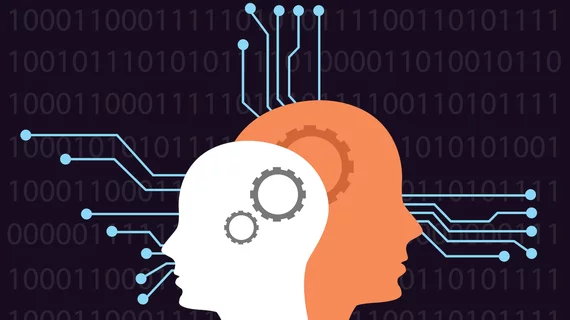‘Huge Promise’ for AI & Pop Health
Population health is absolutely something we want to target. To do that, we are using our archive of images that includes radiology, cardiovascular, interoperative and dermatology. For example, we’re looking at body composition—the amount of muscle, visceral fat and superficial fat. And common sense makes sense. Body composition correlates with how well patients do. In some cases, abdominal fat can even be an early biomarker of some cancers, like pancreatic cancer.
We are looking at putting that information back into what we call our research patient data repository, so other researchers can use this to do population health. We haven’t hit on a population-health problem yet, but we have two investigators who are using the body composition data. One is looking at surgical candidates and the other is a radiologist who is looking into some research in a mouse model showing that muscle deteriorates well in advance of any imaging findings that would point to pancreatic cancer. It’s an especially terrible cancer, and it’s often caught very late. So this is an example of [AI turning up] what might turn out to be a new cancer biomarker.
There is huge promise for population health. We want to include genomic data, and we have access to some of that. With the electronic health record where a lot of data are unstructured, we have to use natural language processing. One of our clinicians is looking at social networking for psychiatry, specifically for depression in teens. This area is limitless.
We might even find that we can combine data with things like chatbots. For example, an empty MRI scanner is a very expensive device. If we could predict which patients are less likely to come out on a cold day or in bad weather [by having intelligent chatbots checking with patients on expected appointment compliance], we could use that information to help maintain steady uptime. There are operational advantages to be had too.
But beware…
We need to be careful to make sure we understand the limitations. AI is not magic. It’s not going to diagnose everything a radiologist would diagnose. There are limitations. If you train AI on the wrong datasets. An error that a lot of people are making is overfitting to their data. A lot of non-sexy stuff in the data processing pipeline is very, very important to its usefulness.
-As told to Dave Pearson
